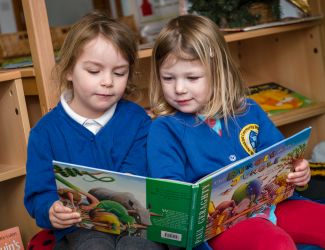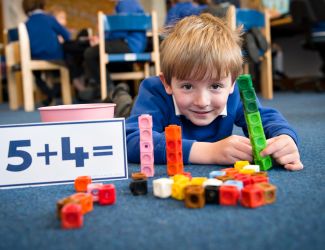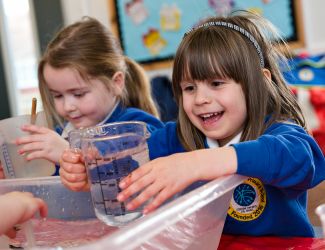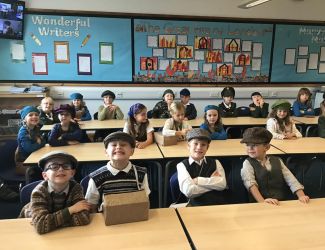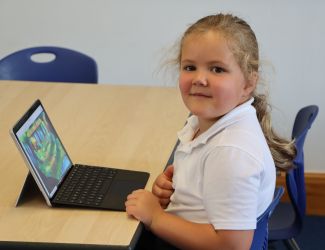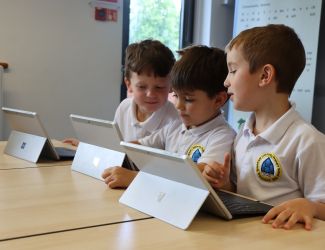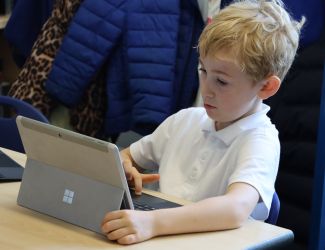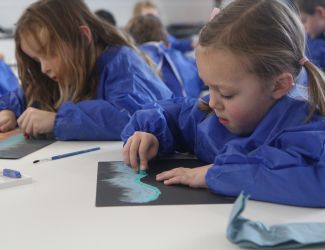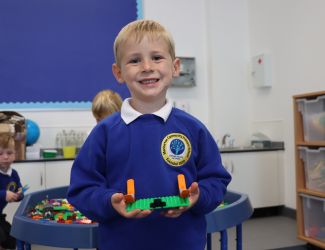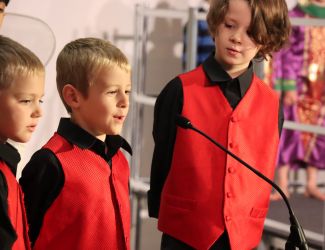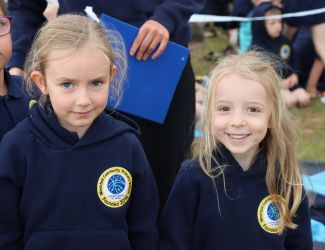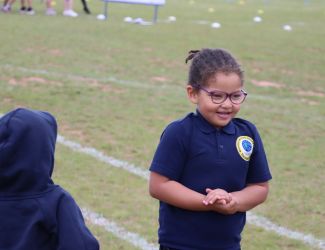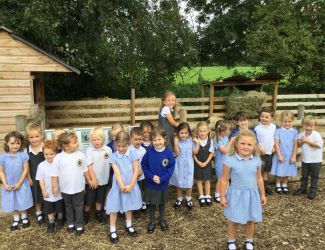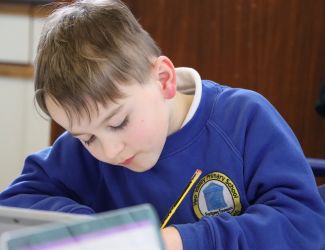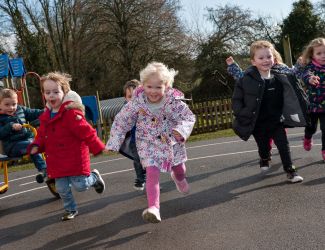Year 1 Music Curriculum
Children will be taught six key strands of musical knowledge which include: singing, listening, composing and musicanship. Pupils will be encouraged to explore the musical concepts through the use of boomwhackers, chime bars and xylophones. They will be taught…
Singing
- Sing simple songs, chants and rhymes) from memory, singing collectively and at the same pitch, responding to simple visual directions (e.g. stop, start, loud, quiet) and counting in.
- Begin with simple songs with a very small range, mi-so. Include pentatonic songs
- Sing a wide range of call and response songs to control vocal pitch and to match the pitch they hear with accuracy.
Listening
The following styles of music will be introduced.
Western Classical Tradition and Film:
- Classical e.g Mozart
- 20th Century e.g Holst
Popular Music:
- Art pop e.g Kate Bush
- Blues e.g Ma Rainey
Musical Traditions:
- Brazil- Samba e.g Sergio Mendes/Carlinhos Brown
Composing
- Improvise using question and answer phrases.
- >Create short sequences of sounds in response to stimuli.
- Understand the difference between creating a rhythm pattern and pitch pattern.
- Use music technology.
- Recognise how graphic notation can represent created sounds.
Musicianship
Pulse/Beat
- Walk, move or clap a steady beat with others, changing the speed of the beat as the tempo of the music changes.
- Use body percussion and classroom percussion playing repeated rhythm patterns (ostinati) and short, pitched patterns on tuned instruments to maintain a steady beat
- Respond to the pulse in recorded/live music through movement and dance
Rhythm
- Perform short copycat rhythm patterns accurately, led by the teacher
- Perform short repeating rhythm patterns (ostinati) while keeping in time with a steady beat.
- Perform word-pattern chants (e.g. ca-ter-pil-lar crawl, fish and chips); create, retain and perform their own rhythm patterns
Pitch
- Listen to sounds in the local school environment, comparing high and low sounds.
- Sing familiar songs in both low and high voices and talk about the difference in sound.
- Follow pictures and symbols to guide singing and playing, e.g. 4 dots = 4 taps on the drum.

